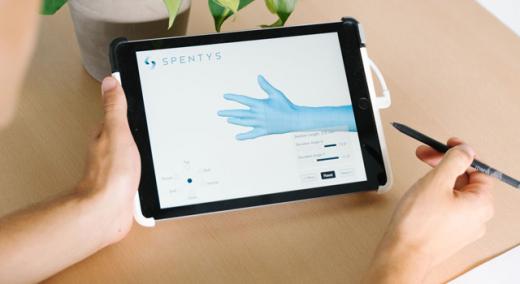Digitalization is transforming all areas of life as well as existing business models. It’s enabling the manufacturing industry to implement its product ideas by taking advantage of technology trends such as generative design and intelligent models. Production has become more innovative through additive manufacturing and advanced robotics, and new service models are being developed using cloud solutions and knowledge automation.
|
ADVERTISEMENT |
Now is the right time to become a digital enterprise and stay ahead of your competition. Here are several reasons why:
Reduce time to market: Manufacturing companies want to get their products to market faster—and at the same time master the increasing complexity of their products and production methods.
Boost flexibility: The increasing trend toward individualized products demands precise and flexible manufacturing methods.
Improve quality: Quality is essential if you want satisfied customers, and digitalization lets you begin manufacturing at top quality right away.
…

Add new comment